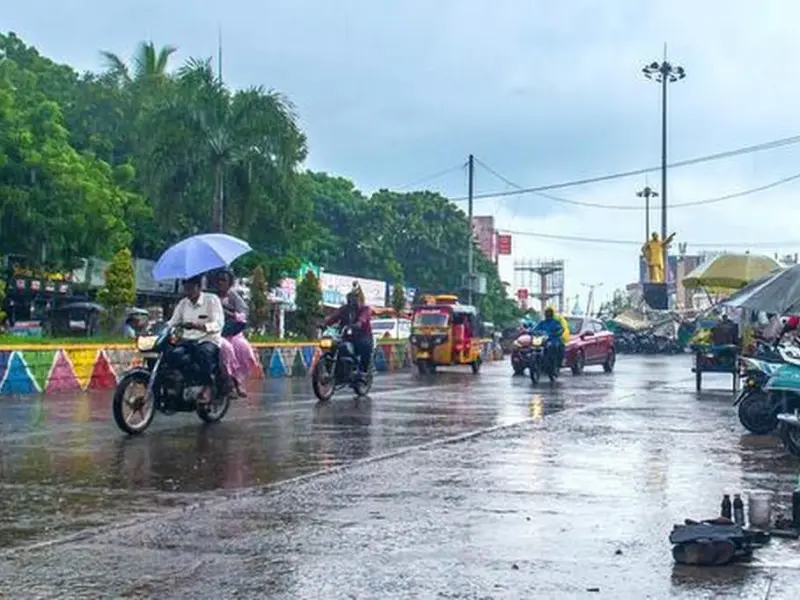Delhi’s Deteriorating Air Quality
Today, the air quality in Delhi has taken a turn for the worse, making it more hazardous than ever before. Despite the strong winds providing some relief from the persistent fog, the temperatures have dropped below 16 degrees for the second day in a row. The conditions are concerning, with the air quality index (AQI) soaring to alarming levels in various neighborhoods across the city. Many areas are reporting AQI readings close to 600, highlighting the urgency of addressing this pollution crisis.
Temperature Trends in Delhi
On Saturday, the minimum temperature in Delhi was recorded at 15.3 degrees Celsius, marking the lowest temperature of the season so far. The cold weather has led to foggy conditions in the mornings and evenings, which can impact visibility and overall health. The maximum temperature reached about 29.6 degrees Celsius, slightly above the normal range for this time of year. As the winter season progresses, fluctuations in temperature are typical, but the persistent fog and cold winds have made this season particularly challenging.
Visibility and Humidity Issues
Visibility in the city has notably decreased due to the weather conditions, with reports indicating that it dropped to as low as 400 meters on Friday morning and further down to 300 meters by Saturday. The humidity levels have remained high, fluctuating between 79 and 94 percent throughout the day. These factors combined with the alarming AQI levels underscore the need for immediate action to combat air pollution and protect public health in Delhi.
SHOTRS COVERAGE.
Delhi AQI Update
Delhi’s air quality has deteriorated significantly, with AQI levels approaching 600 in several areas, including DIT and Jahangirpuri. The Meteorological Department reported a minimum temperature of 15.3°C, marking the season’s lowest, accompanied by fog and cold winds. Today’s temperatures are expected to range between 15°C and 29°C. Visibility dropped to 300 meters due to fog, as humidity fluctuated between 94% and 79%. Concerns grow over hazardous pollution levels across Delhi’s 40 meteorological centers.





